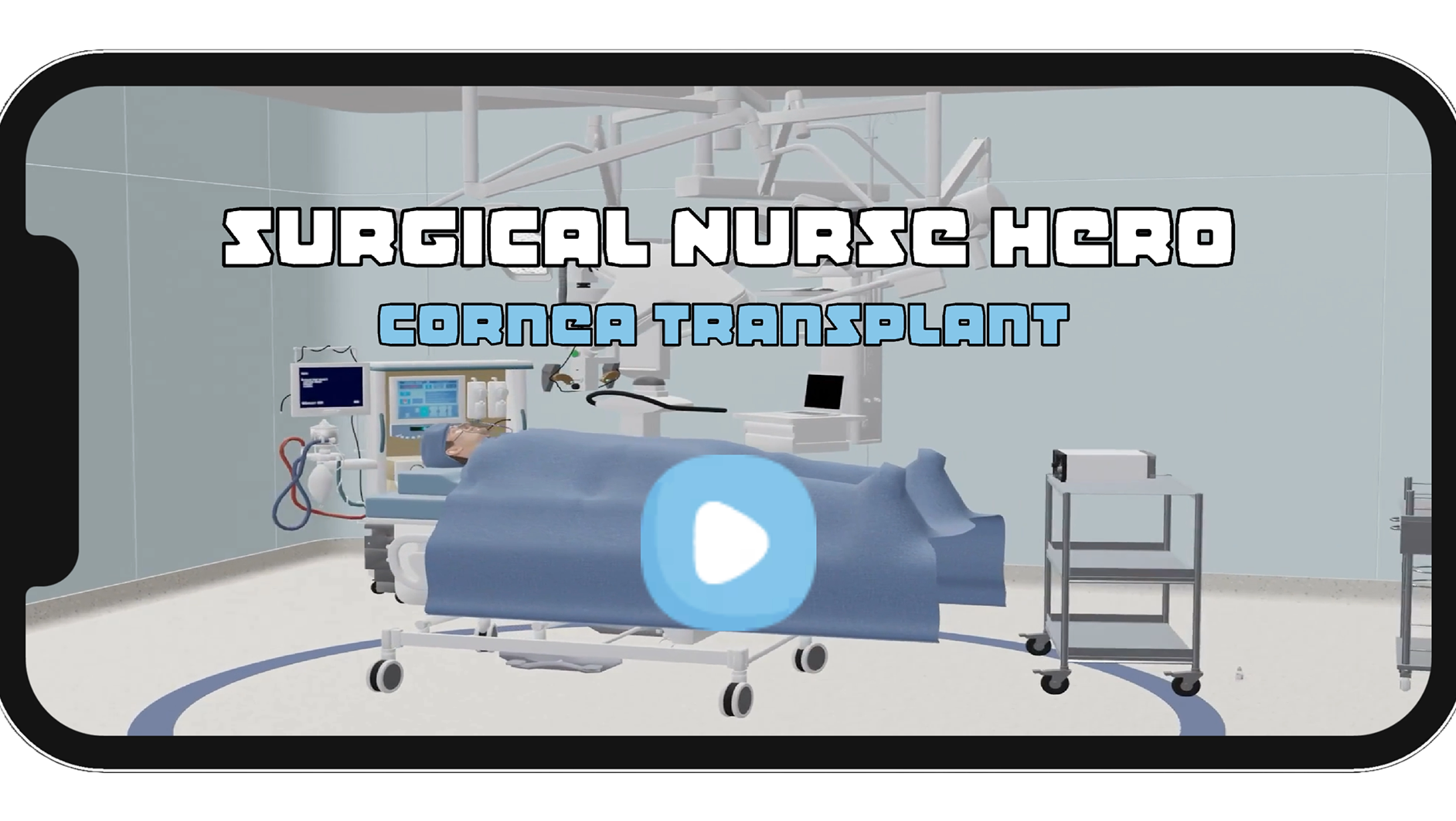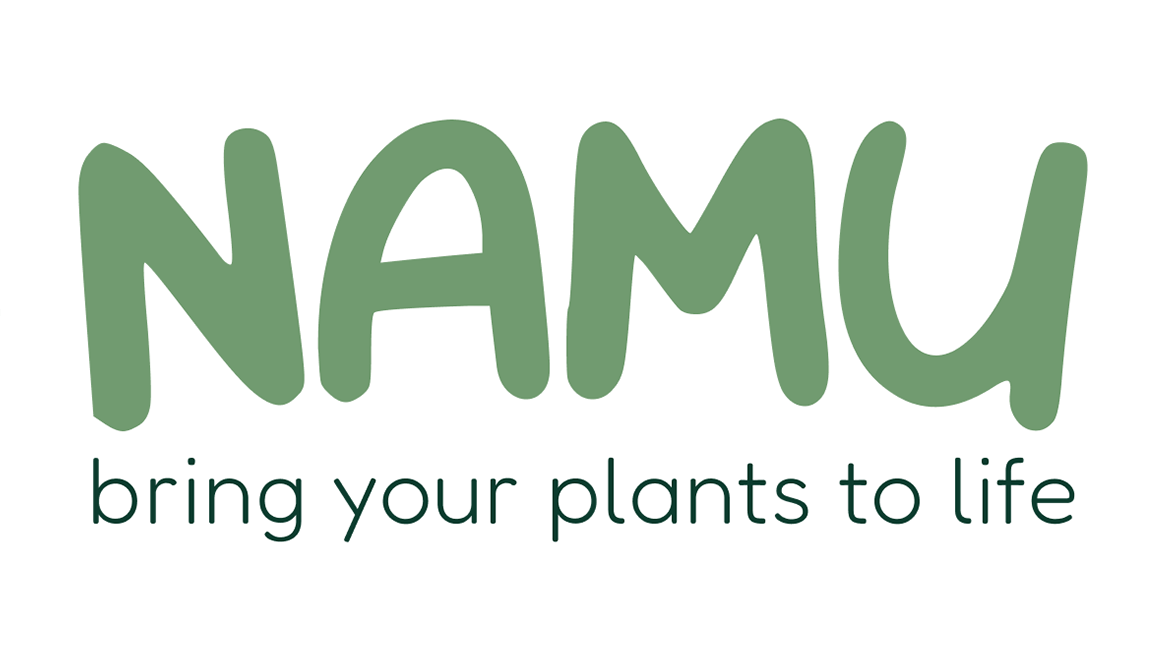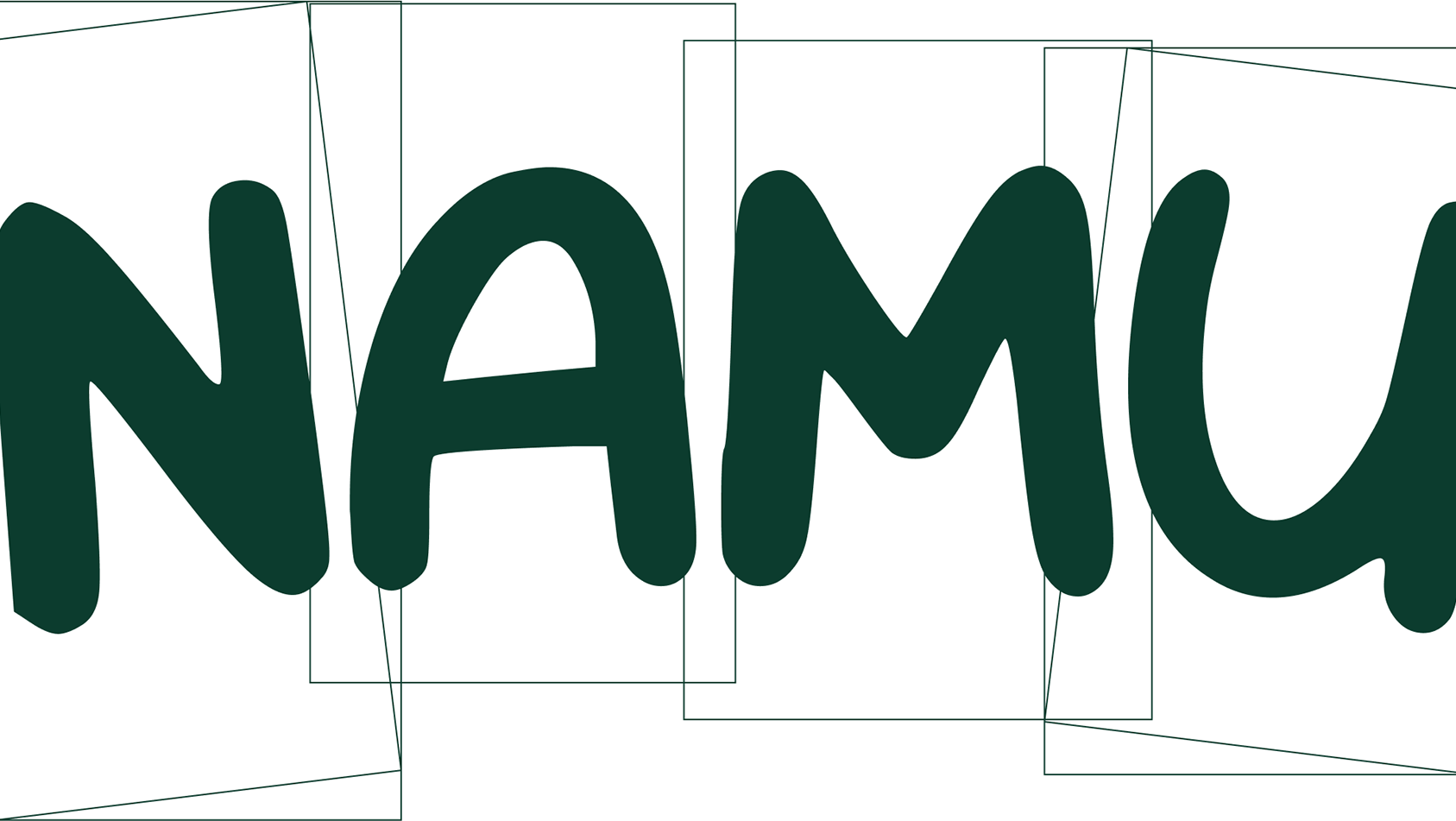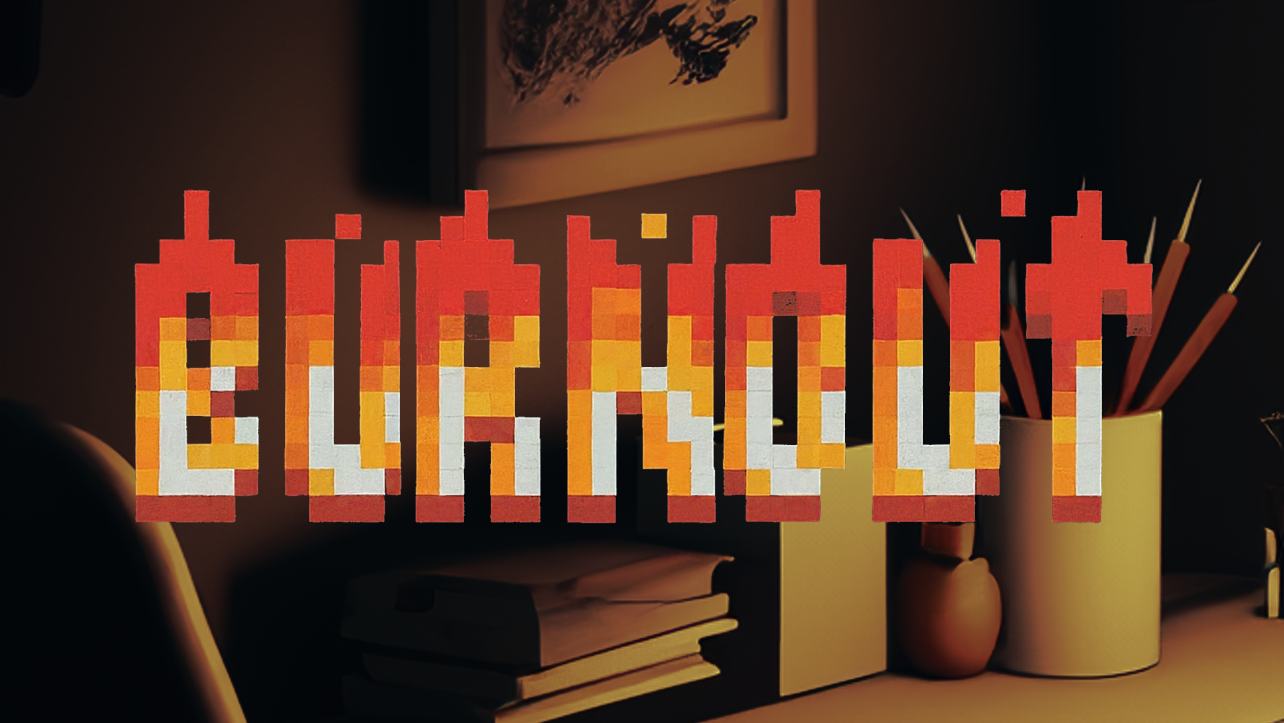In a privileged collaboration from September to December 2023, my design team partnered with SUNS Singapore, a lifestyle brand inspired by Peranakan culture, to enhance the shop's brand appeal by integrating Artificial Intelligence into its spatial design experience. As a UI/UX designer, I played a key role in developing a storefront design tool for the shop. The following images showcase key milestones in this collaborative design journey with SUNS Singapore.
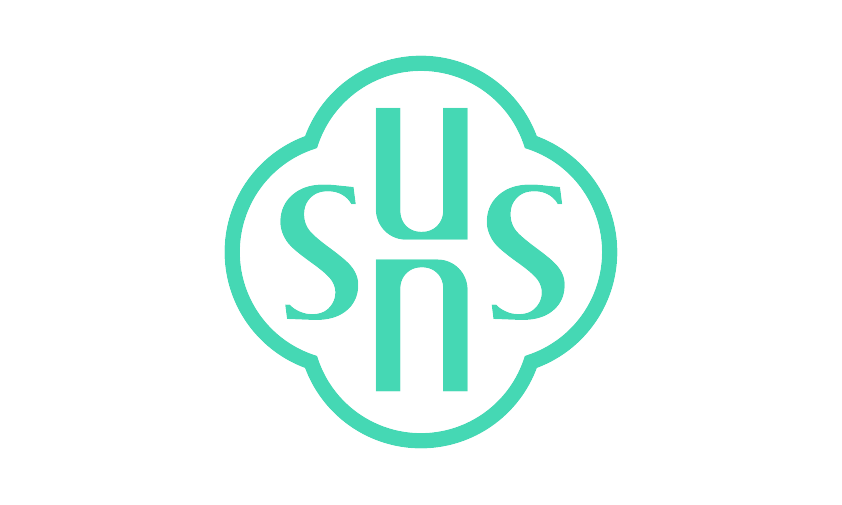
Site Visit and Investigation
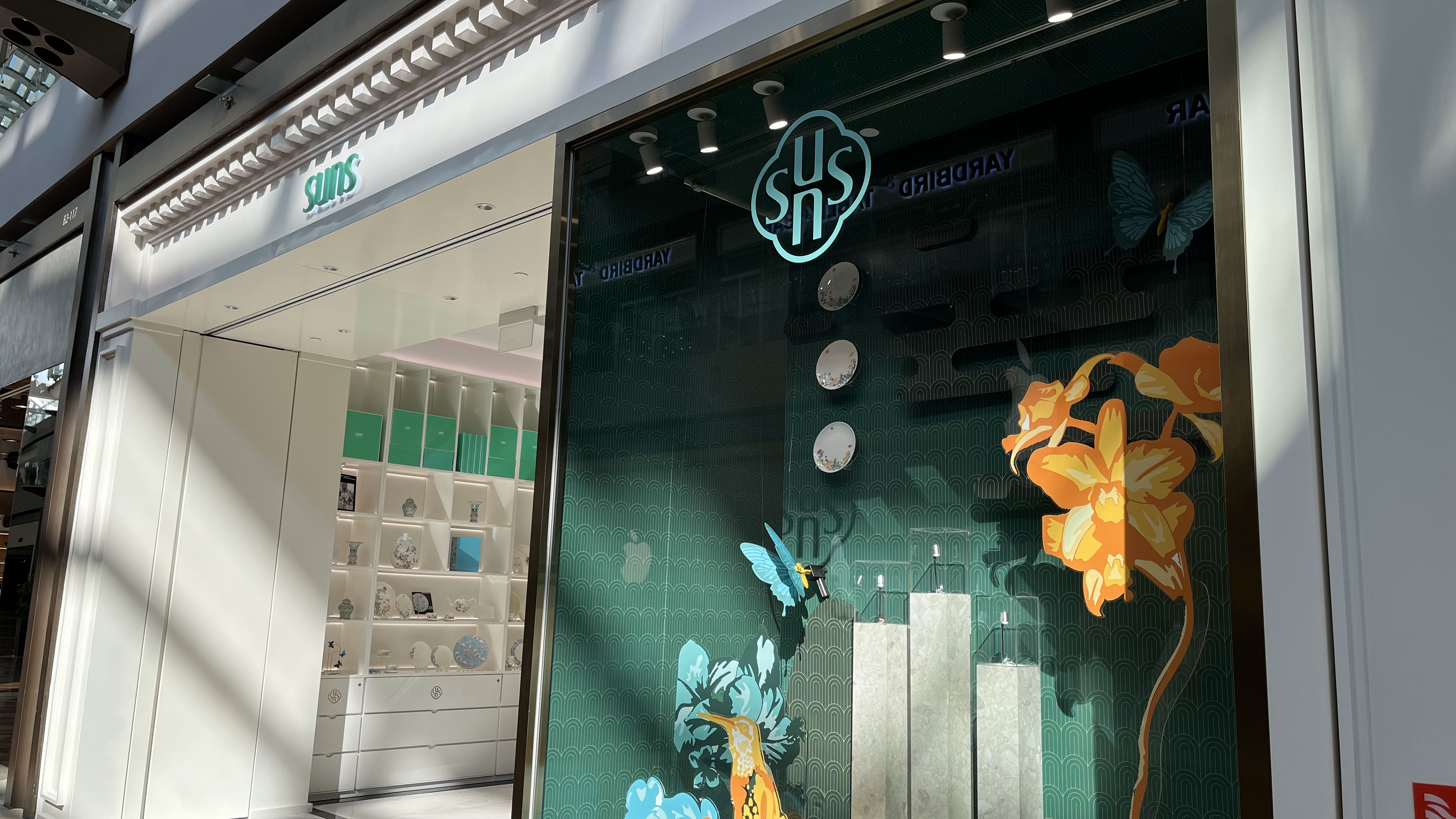
The design team visited the SUNS store at Marina Bay Sands, gathering insights through observations and interviews. Approximately 70% of the customers were tourists, potentially unaware of the unique and rich Peranakan culture. While the jade green accents on the white walls hinted at a Peranakan-inspired jewellery shop, bridging the gap between traditional and contemporary Peranakan design, as SUNS aimed for, remained a challenge. Furthermore, the store lacked an attractive factor for customers who weren't already looking for jewellery, often leading them to simply walk by. Our client expressed a desire to transform the store's appearance to achieve a more distinct identity and attract a wider audience beyond jewelry enthusiasts.
Team Vision
To make use of contemporary methods
to promote understanding of the rich Peranakan culture
in an interactive and engaging manner
to promote understanding of the rich Peranakan culture
in an interactive and engaging manner
Problem Statement
"How might we create a design tool with an appealing interface
to help SUNS Singapore generate Peranakan-inspired storefront designs that
promote awareness of Peranakan culture among shoppers at Marina Bay Sands?"
to help SUNS Singapore generate Peranakan-inspired storefront designs that
promote awareness of Peranakan culture among shoppers at Marina Bay Sands?"
Driven by the potential of both the pop-up store and window display design generation, my team opted to develop a comprehensive design tool for the SUNS’ storefront. This decision stemmed from several compelling motivations:
Authenticity: The design tool would be utilising a dataset featuring images of actual artefacts captured from Singapore’s Peranakan Museum,
Reusability: The design tool could be used by designers at SUNS to generate fresh storefront designs for all their international branches for future seasons,
Flexibility: Users of the design tool could upload their own selection of images to train unique models for their designs, and
Scalability: The design tool could potentially take the form of an interactive interface for external use by the general public.
By choosing to develop a design tool for the SUNS shopfront, my team aimed to utilise contemporary generative-AI methods for creating attractive shop exterior designs to draw attention, generate interest among shoppers about Peranakan, and appreciate SUNS’ products deeper.
Dataset Collection
The design team made multiple visits to the Singapore Peranakan Museum and the SUNS owner's estate, collecting nearly 300 images of personal collections of porcelain, jewellery, textiles, and architectural panels to train the AI models.
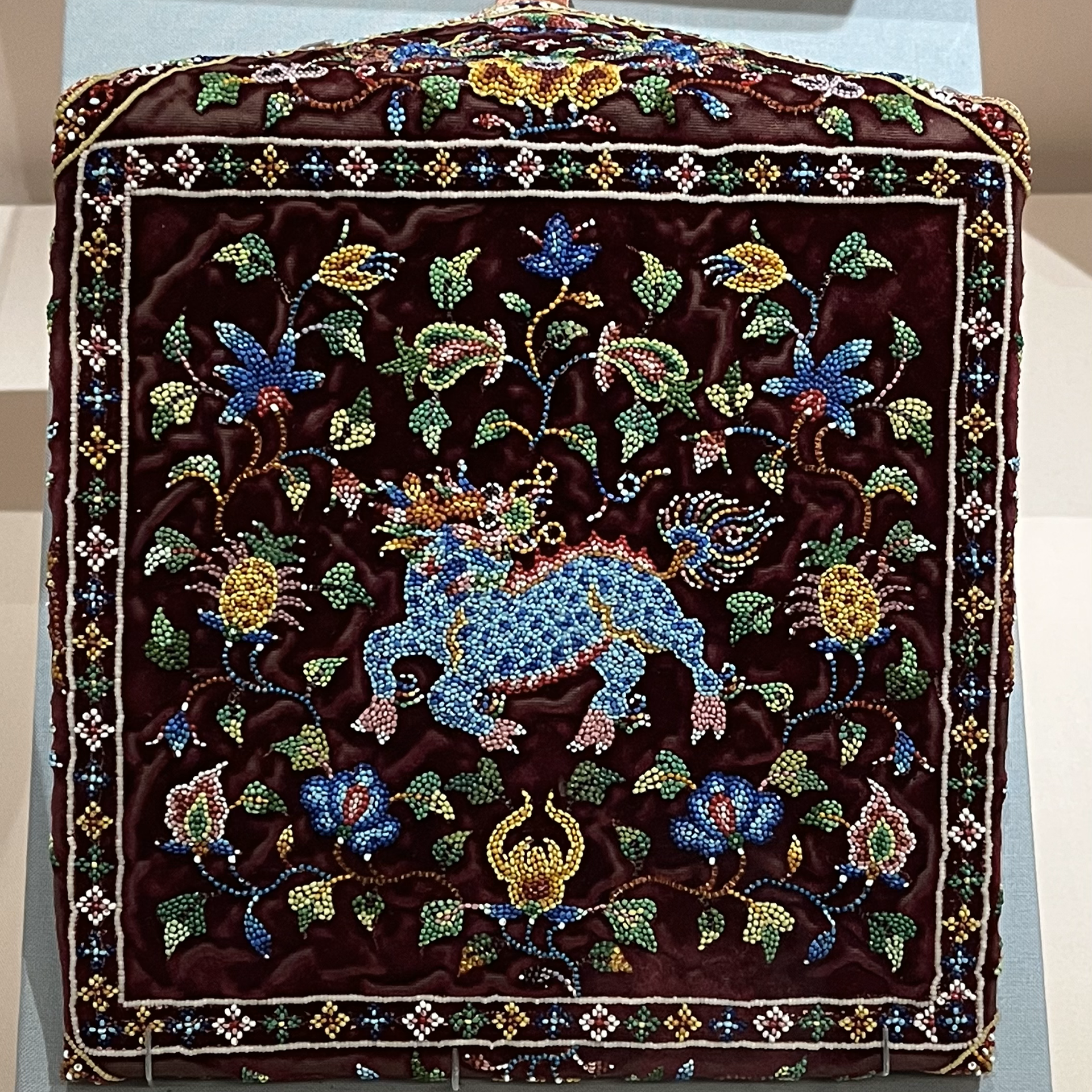
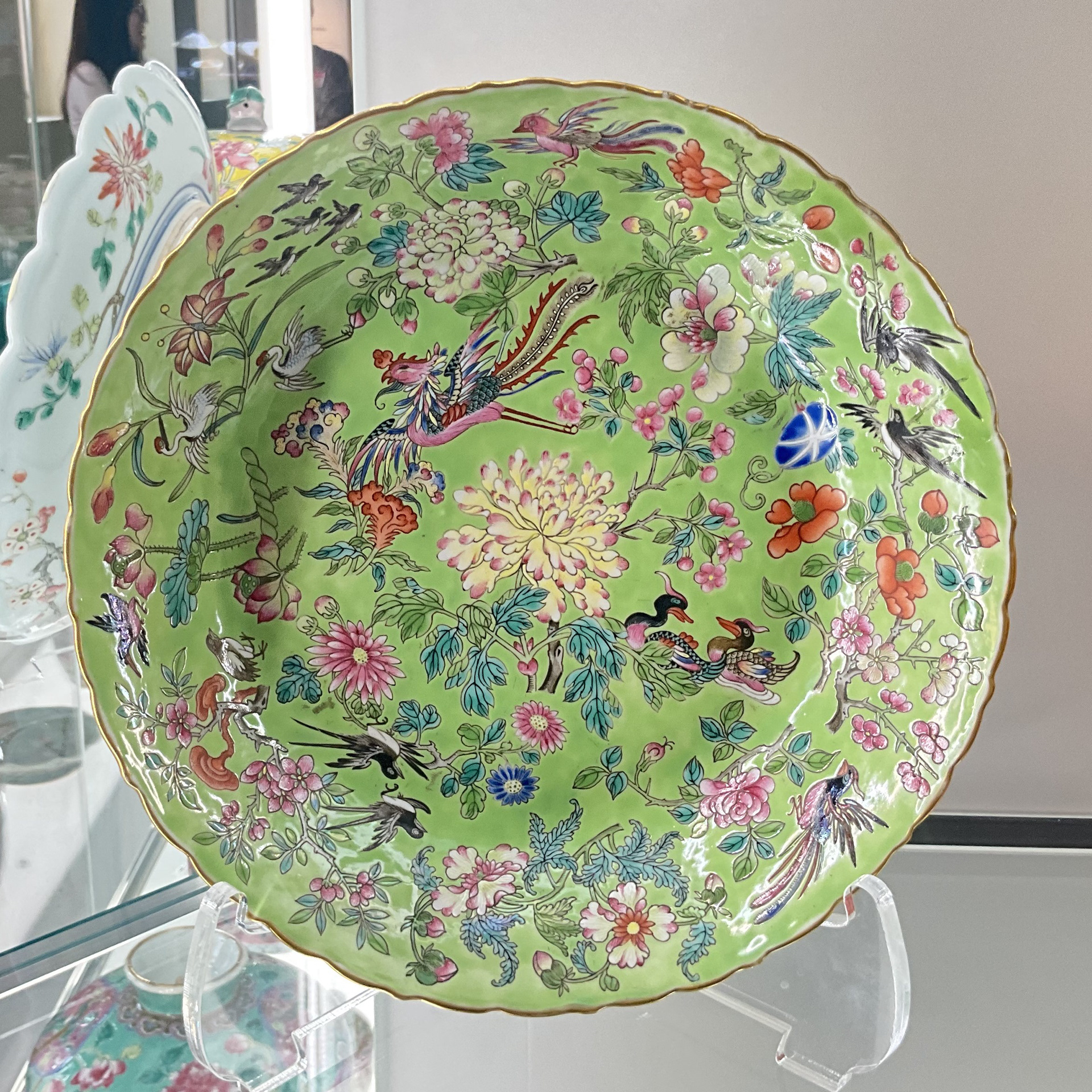
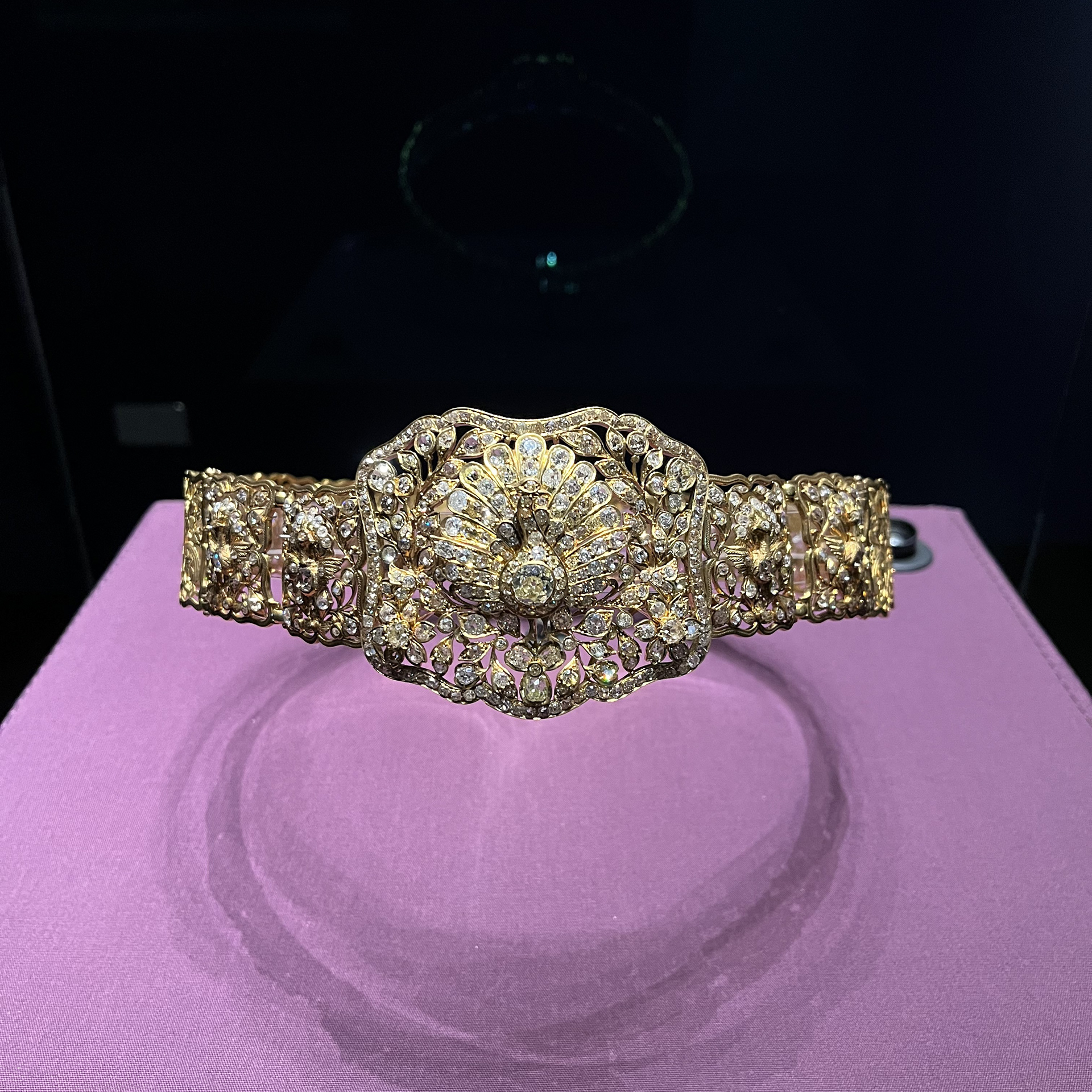
User Interface Design
For this project, I took on the UI/UX design of the tool, ensuring it aligned with the brand's colours and guidelines. I refined the platform's User Interface (UI) through three distinct iterations, each focusing on creating an appealing and engaging experience for shoppers at the Marina Bay Sands store. This iterative process involved designing UI elements and conducting user testing with individuals from various age groups and familiarity with both Peranakan culture and AI technology.
A user flow diagram for the final user interface can be seen below.

Landing Page
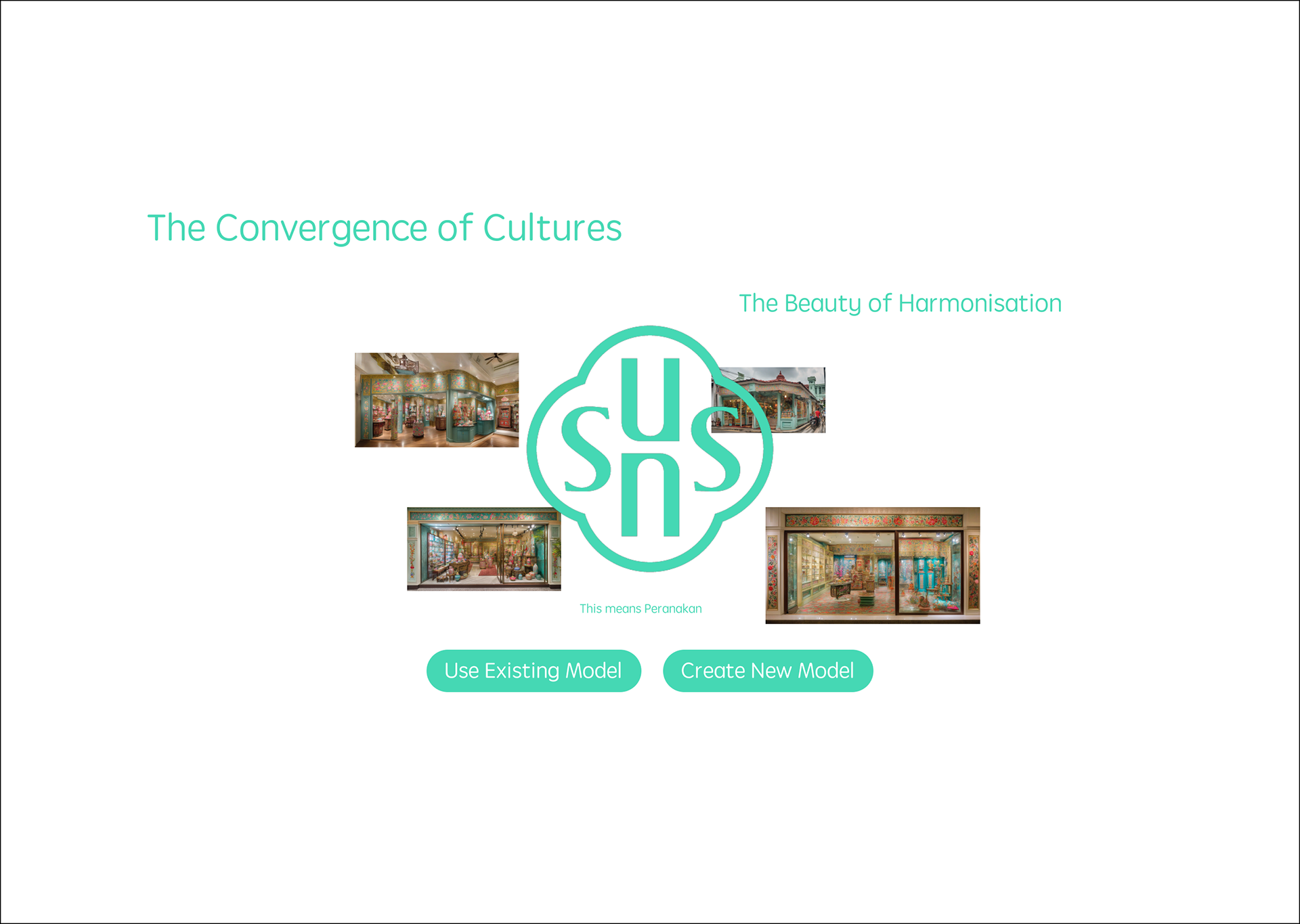
Data Visualisation
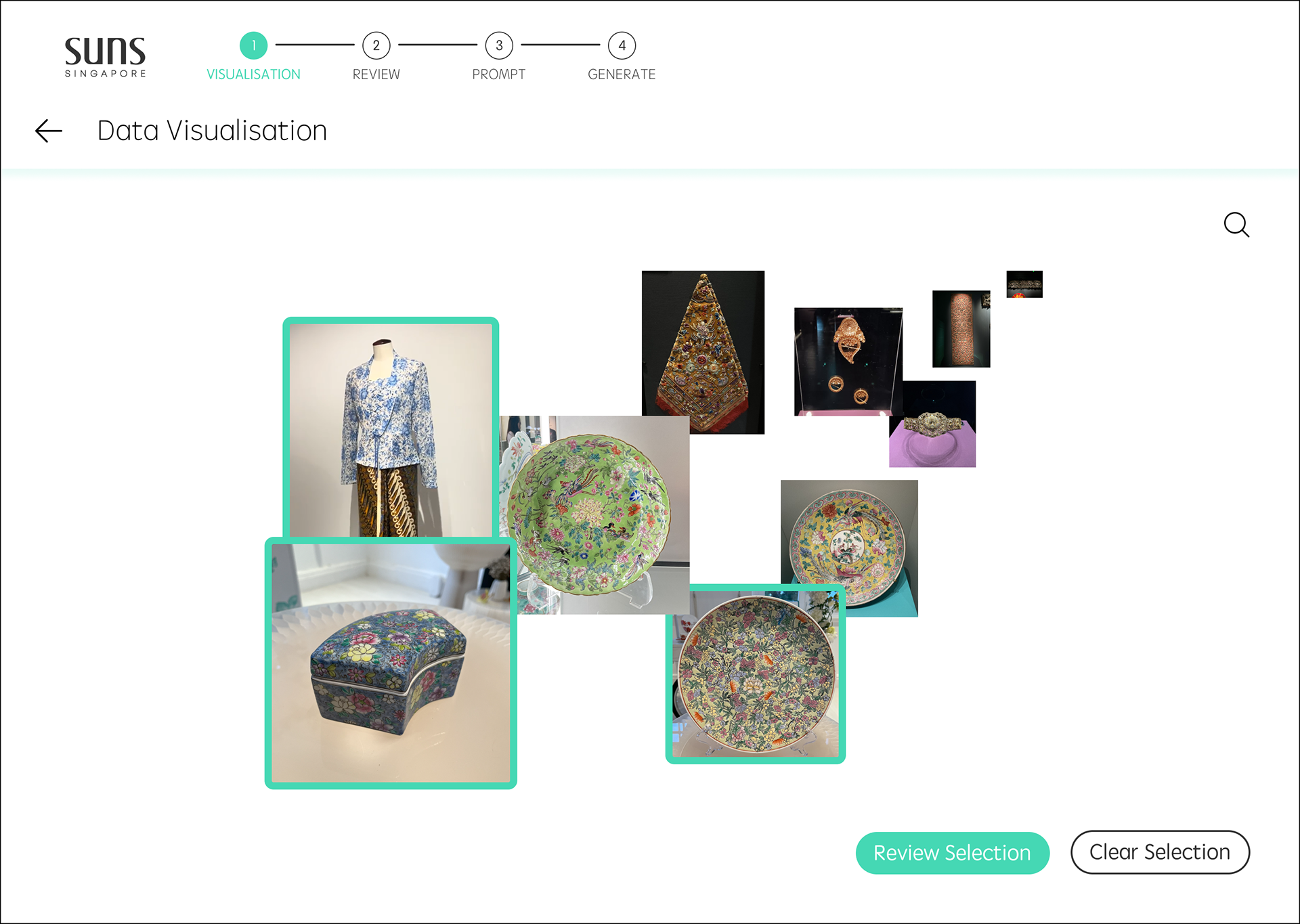
Review Data Selection
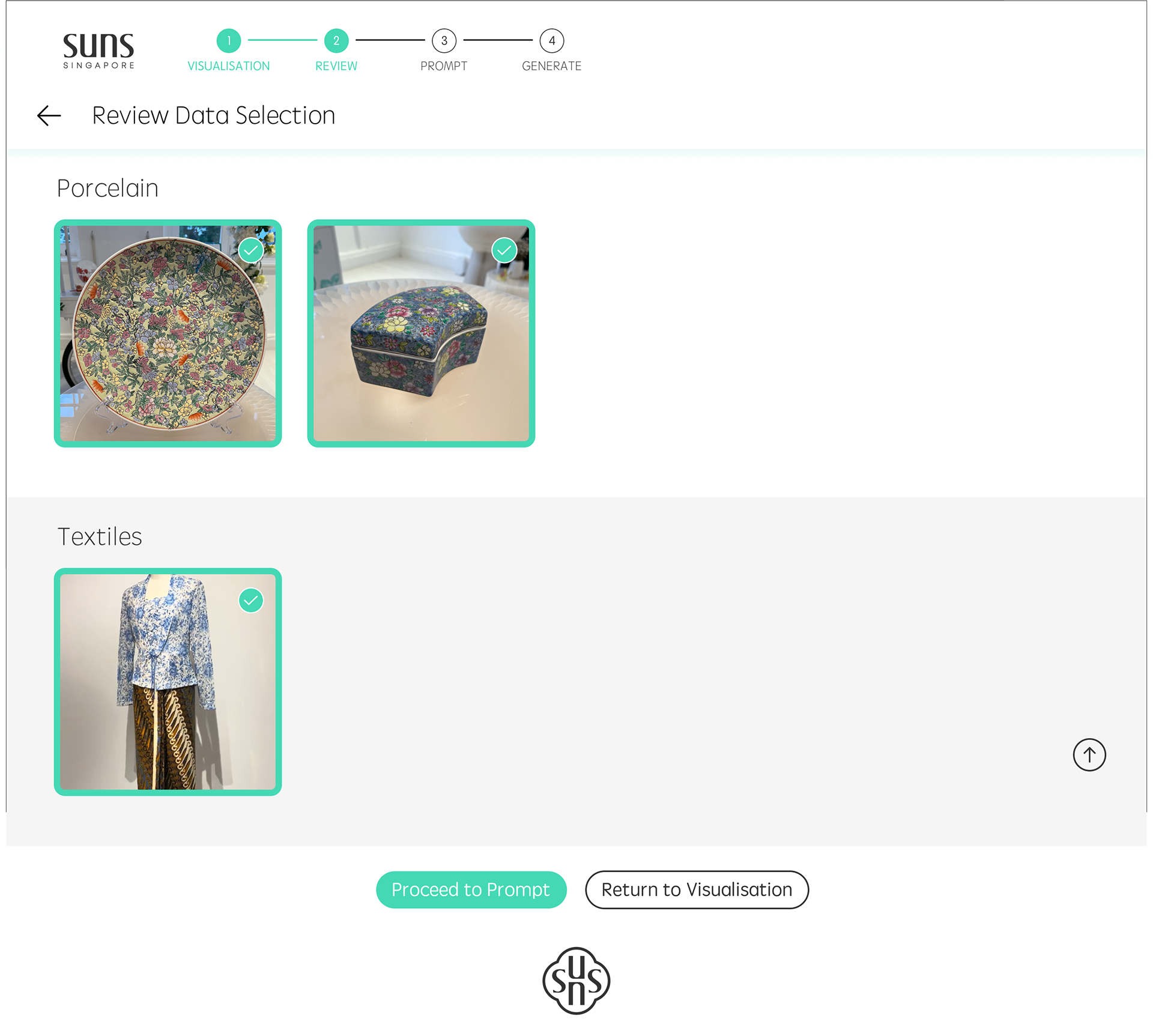
Edit Prompts

Generate Project

Try out the interactive mid-fidelity prototype of this third iteration at this link.
Results
The following images showcase examples of input control images, alongside the resulting Peranakan-inspired designs generated with varying prompts and guidance levels.
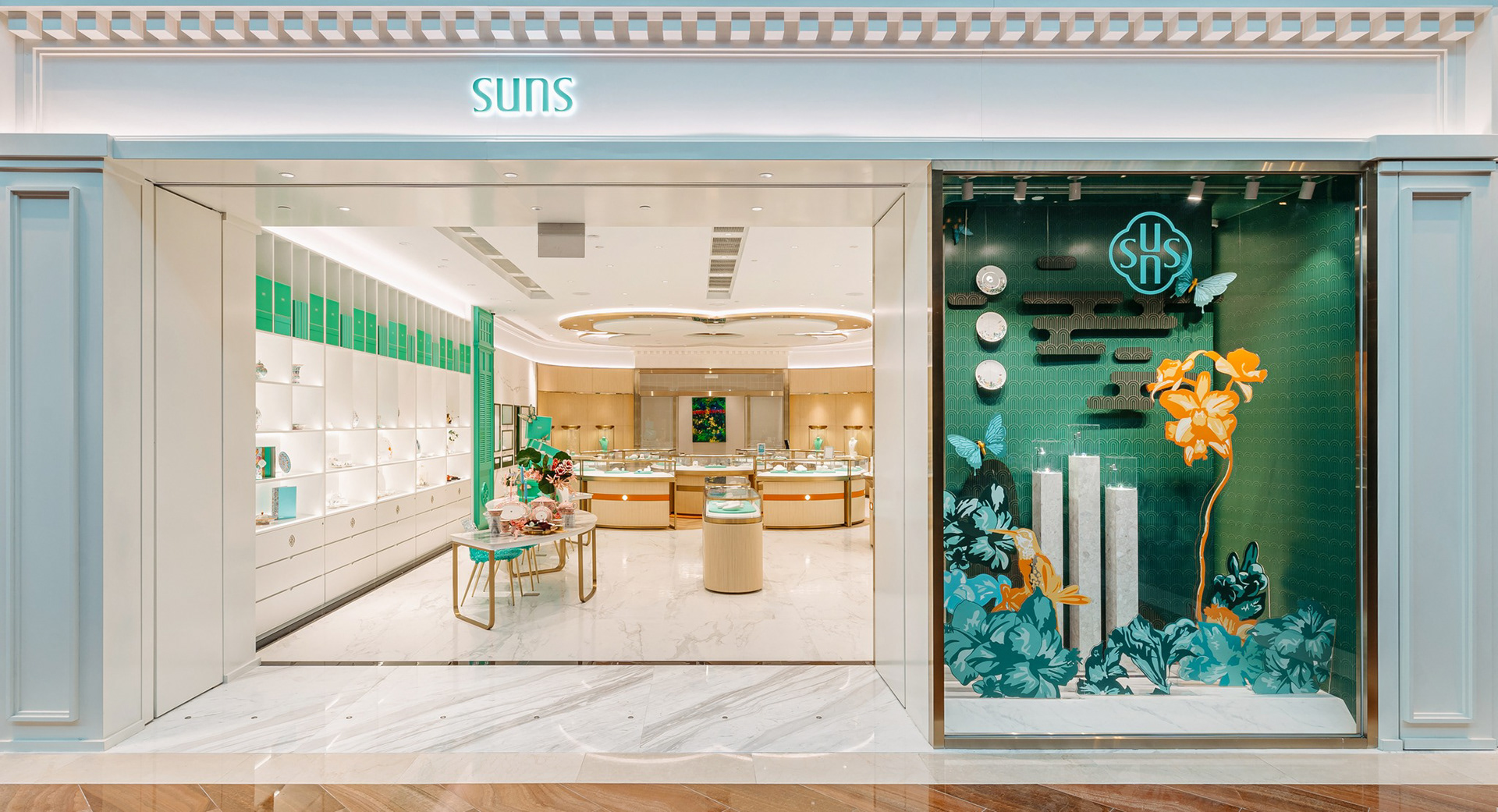
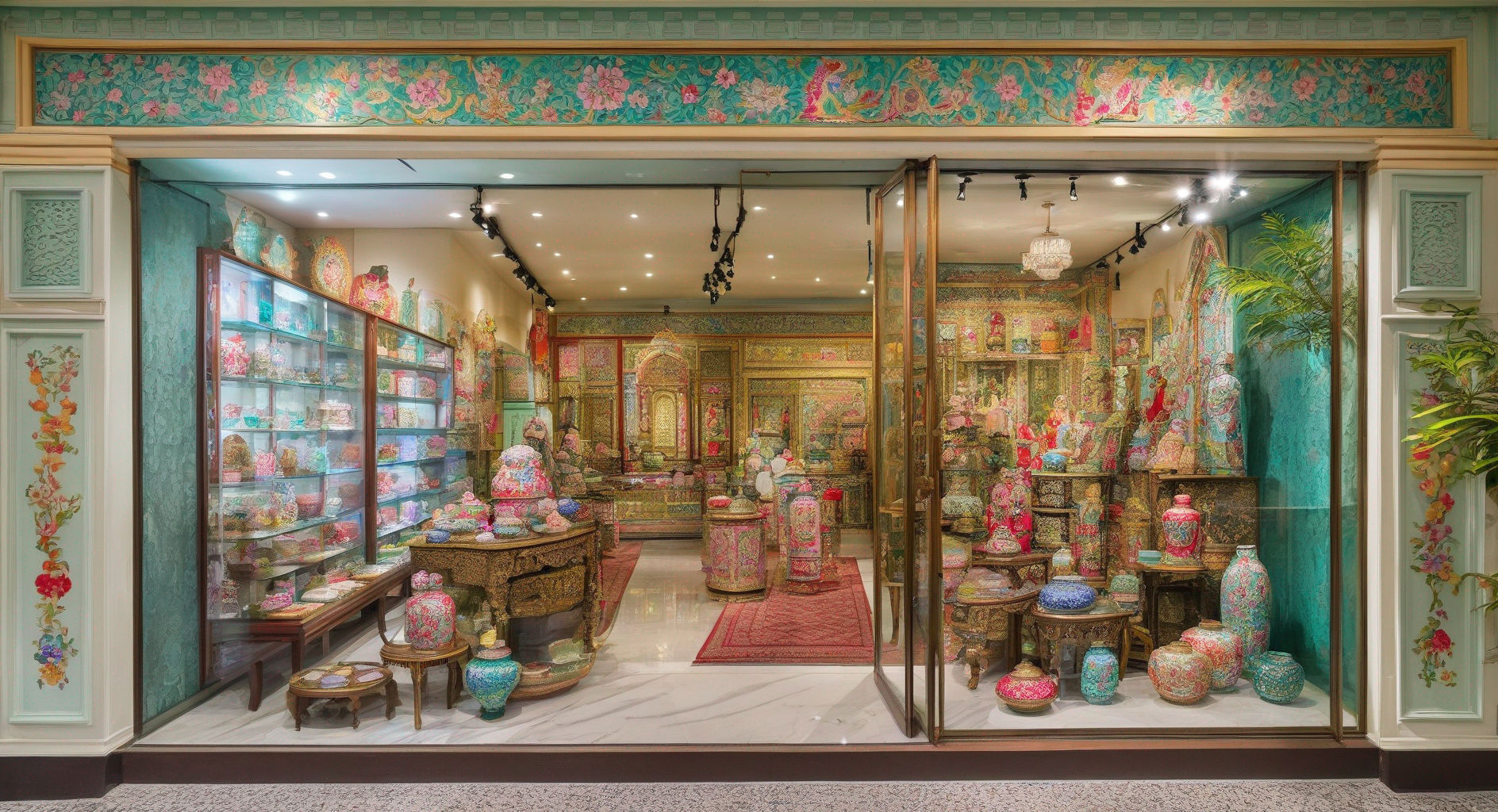
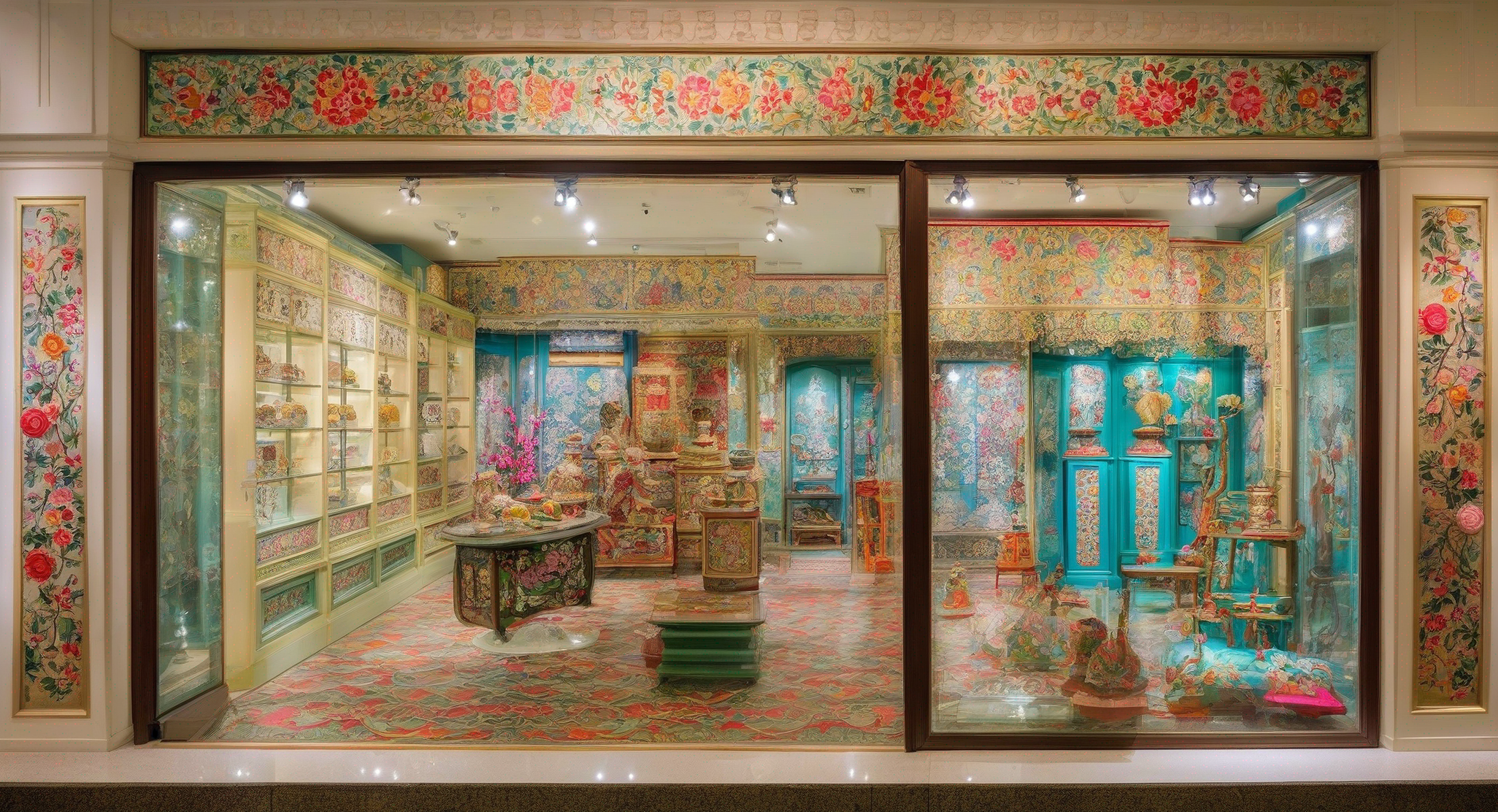


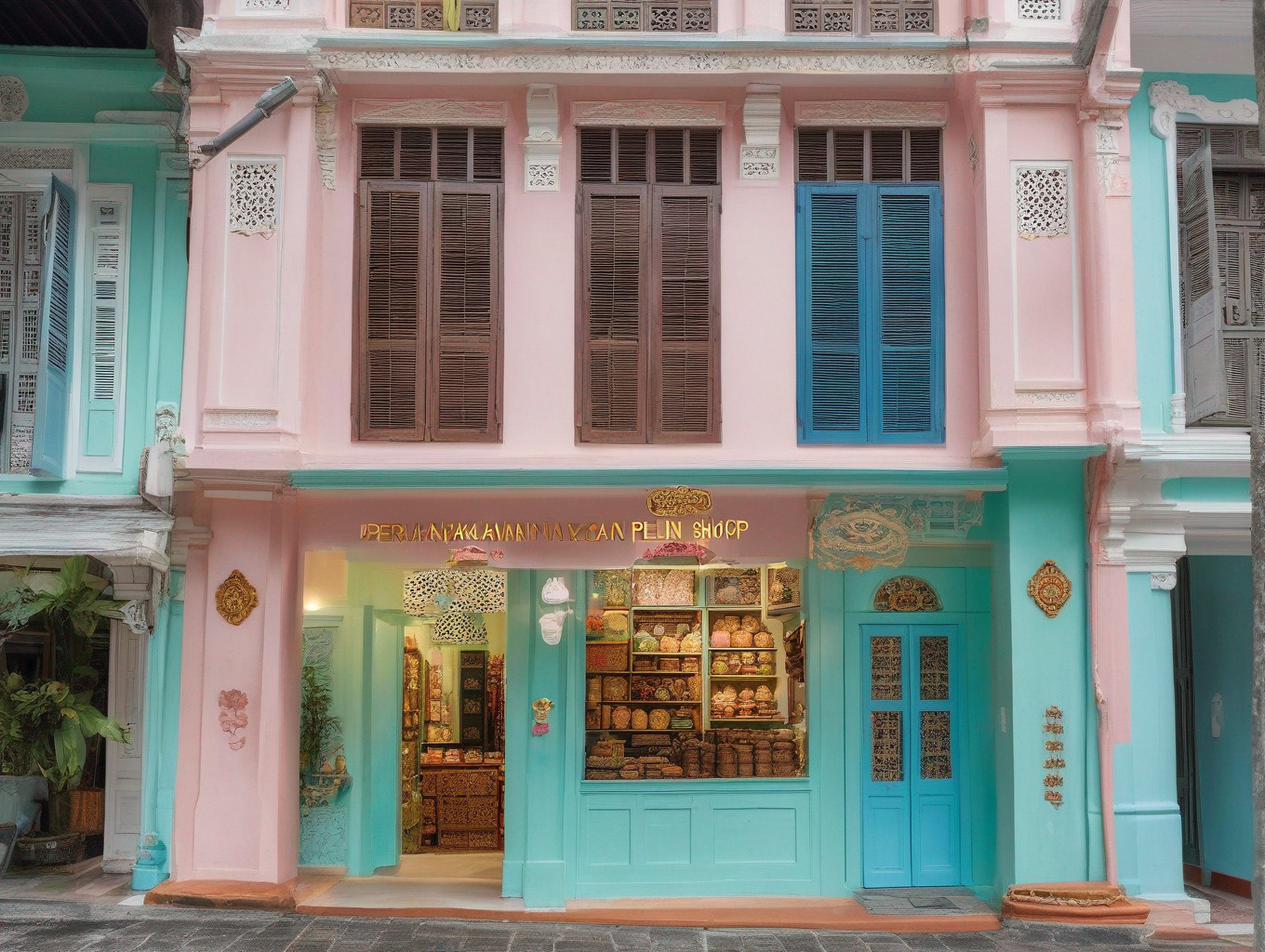

This project was made possible by:
Claire Oudea Gan Li, Chua Po Siang Bridget, Lee Si Hao


